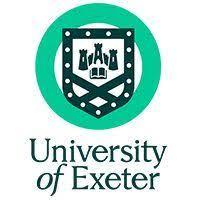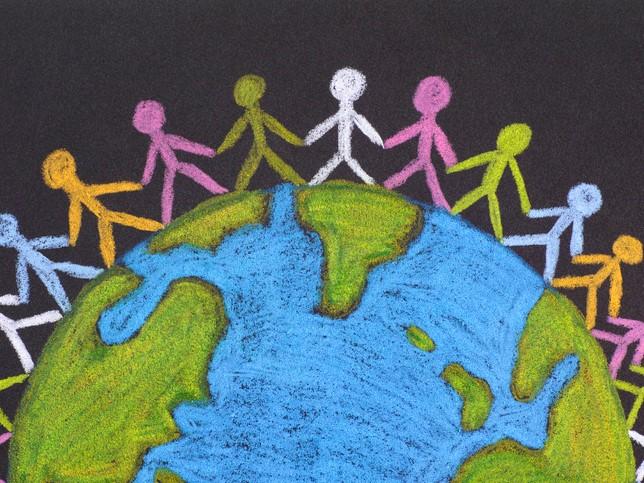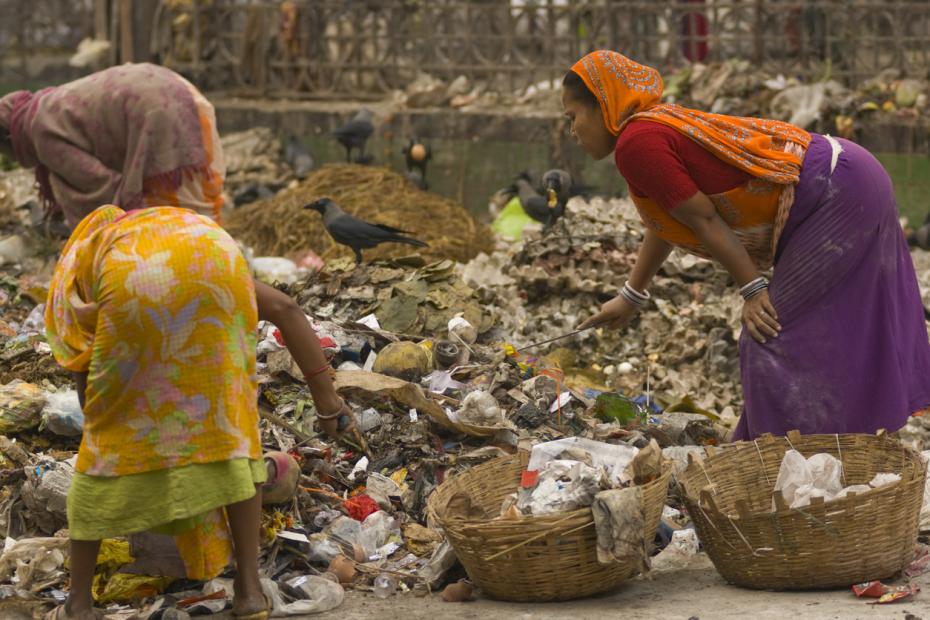
Critical approaches to incorporating the SDGs into curricula
Mapping curricula against the SDGs has become a key objective for education institutions aiming to showcase their commitment to sustainability. But we must do this through a critical lens
The Sustainable Development Goals (SDGs) have faced significant criticism for perpetuating a development model rooted in economic growth, which contradicts the need to rethink economies rather than greenwash unsustainable practices. Furthermore, critics argue that the SDG model reinforces inequality and colonial dynamics, deepening global divides and power imbalances. The SDG framework has also been critiqued for its top-down approach, often excluding local communities and non-state actors from meaningful participation in shaping sustainability policies and practices.
These criticisms lead some educators to feel pressured into “box ticking” that does not reflect the values of their curricula, especially those grounded in critical social justice work and theory, and ultimately to resist aligning their curricula with the SDGs. This calls for a broader definition of engagement with the SDGs and the creation of spaces for critical approaches and alternatives. In doing so, we can develop curricula that are both reflexive and responsive to the complexities and contradictions of sustainable development, addressing the SDGs’ shortcomings while upholding their holistic vision of sustainability.
Decolonising the SDGs
Decolonial thinking is a critical entry point for engaging with the SDGs. For instance, while SDG 7 (affordable and clean energy) emphasises renewable energy and such things as the transition to electric vehicles, the extraction of precious metals and minerals needed for this transition primarily occurs in the Global South. This has led to the destruction of local habitats and land and the displacement of communities while reinforcing deeply unequal global power relations, mirroring colonial-style exploitation and domination over resources and indigenous populations and calling into question the ethical nature of “just transition” practices of production and consumption.
Within the curriculum, it’s crucial to explore whose interests are truly served by green innovation, at whose expense and for what purpose. Such an approach challenges the assumed neutrality and inherent “goodness” of sustainable development discourses, encouraging students to question the inequalities that the SDGs might perpetuate. This is particularly relevant for STEM education, which is at the forefront of developing green technologies and renewable energy systems. Yet the prioritisation of technical knowledge in STEM curricula often results in the lack of a critical dimension that examines the socio-scientific realities of how technology and innovation are applied and used in the world.
- Resources on the Sustainable Development Goals
- Teaming up with students to design sustainability education
- Using Sustainable Development Goals to foster innovation
Going local
Community and place-based learning offer meaningful ways to engage with the SDGs in local contexts. These approaches address critiques of the SDGs as a top-down, technocratic framework by rooting the goals in localised settings. This approach encourages students to connect with community, land and place in more democratic and relational ways, emphasising that expertise and solutions to sustainability challenges should not be confined to a select cadre of assigned technical experts.
Instead, responses and solutions should be developed with local communities, drawing on rich cultural and historical knowledge, as well as collective community organising. For example, SDG 1 (no poverty) and SDG 2 (zero hunger) can be explored through the lens of community activism, examining localised responses such as mutual aid, food sovereignty and informal networks of community care and solidarity.
Additionally, the curriculum may explore case studies of how different global contexts address sustainability issues, such as the role of Traditional Ecological Knowledge in achieving SDGs such as “life on land” and “life below water” and how these community-focused perspectives are either sidelined or integrated into UN and state decision-making processes. By “going local”, we can encourage students to develop competencies centered on humility and openness to learning from and with others, fostering respect for local customs and a commitment to expanding the agency of those involved in creating responses to sustainability challenges. This approach contrasts with the technocratic, detached model of expertise, consultancy and bureaucratic control emphasised by more top-down models of sustainable development.
Exploring alternatives
The SDGs are rooted in a world view that continues to promote free-market capitalism and economic growth. Given that exponential growth, along with the associated levels of consumption and production, has been a major contributor to climate change and efforts to decouple growth from environmental harm are proving increasingly unrealistic, it’s essential to explore alternative ways of organising economies and societies that don’t rely on growth and free market-driven development.
Curricula that critically engage with the SDGs might explore the feasibility, merits and limitations of alternative frameworks for sustainability, such as degrowth, post-growth, regenerative economics or philosophies such as buen vivir (good living). There is potential within a curriculum to explore how other knowledge systems can address the limitations of conventional sustainable development models, or how different frameworks can be creatively integrated to form new and novel approaches to sustainable living.
Problem-based learning, centred on issues identified within the SDG framework, can call upon a diversity of approaches, examining how different philosophies might tackle these challenges or how overlapping bodies of knowledge can be used to develop new ways of thinking about sustainability challenges.
The examples referred to here offer potential entry points for a critical approach to integrating sustainable development into the curriculum. This approach goes beyond merely aligning content and learning outcomes with specific SDGs, instead advocating a deeper and more critical understanding of development discourses within teaching practices.
Sean Porter is a senior educator developer at the University of Exeter.
If you would like advice and insight from academics and university staff delivered direct to your inbox each week, sign up for the Campus newsletter.


